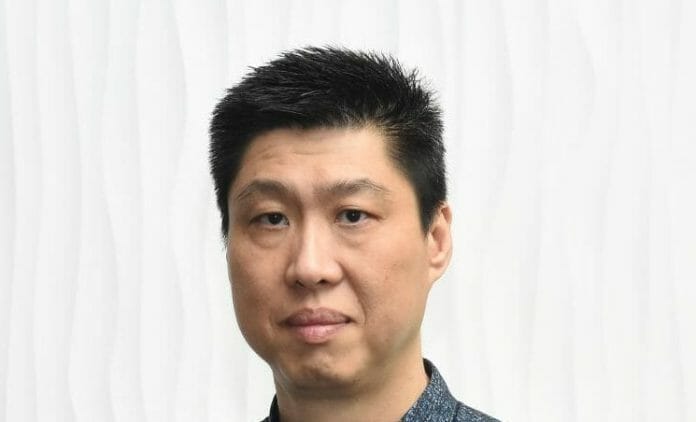Engineering professionals design the world and innovate to create our future. Modernization and technological advancement cannot be viable without engineering design. For instance, we enjoy the wonder of engineering design in our daily life with high-speed internet for business and social connectivity, electricity to power our houses, clean water for everyday use, futuristic electronic gadgets to indulge our technological needs, intelligent transportation for convenient mobility, and many more. In short, engineering design is the key to a transformative technological future.
However, engineering design also is a double-edged sword. Irresponsible engineering design brings poor value to the environment, society, and humanity, such as environmental pollution due to careless electronic waste, thoughtless plastic junk, runoff produced by erratic factories, and countless more. These pollutants damage the quality of air, water, and land, thus directly affecting the health and safety of human living. Hence, the role of engineering professionals in carrying up engineering design is paramount to attaining the outlook of sustainable development in designing engineering products, processes, and services that are harmless to our environment, society, and humanity.
The UN-commissioned Brundtland Report in 1987 defines sustainable development as the development that “meets the needs of the present without compromising the ability of future generations to meet their own needs.” This statement is a clear message to all engineering professionals that the engineering design must be responsible for using natural resources in thoughtful, efficient, and effective ways. Furthermore, engineering products should not cause damage or pollution to natural resources. Once the natural resources have been polluted, they will be consumed or damaged. Most natural resources are limited in availability. The unfortunate part is that, up to today, we cannot artificially reproduce many natural resources or even regenerate them. If this situation happens, we will compromise future generations by utilizing their natural resources in advance. Therefore, engineering professionals must apply their knowledge and skills to design engineering products in a way that brings high functional value to our society but is low detrimental to the natural resources and environment.
One of the critical perspectives for bringing sustainable development into engineering design is that engineering professionals must incorporate sustainability into the engineering design in the beginning stage, whether the engineering design is a product, process, or service. In a sense, engineering professionals were integrating sustainability into engineering design, such as efficient use of natural resources, pollution controls, waste management, and utilizing green and renewable technology will benefit the environment, society, and humanity.
Following the above, we cannot deny the importance of sustainability in engineering design, and it must not only begin when engineering professionals come to practice. In addition, it should be instilled in engineering students during their college or university studies. Hence, we should train engineering professionals to appreciate the importance of sustainable development during their first encounter with engineering design while undertaking engineering studies in college or university. This early exposure to sustainability as a driving value for engineering design will change, broaden, and enrich their progressive engineering design perspective on taking account in designing products, processes, and services with a sustainability focus when they practice in their workplaces.
In today’s academia, educational institutions have numerous choices to adopt proven and matured teaching and learning pedagogy to be integrated into their engineering design courses with a sustainable development focus. One of those well-known pedagogies is CDIO Initiative. According to the CDIO statement, “The CDIO Initiative is an innovative educational framework for producing the next generation of engineers. The framework provides students with an education stressing engineering fundamentals set in the context of Conceiving-Designing-Implementing-Operating (CDIO) real-world systems and products.” Notably, the latest CDIO Standard 3.0 has included sustainable development in its context, which makes the framework entirely driven by fundamental knowledge, best practices, and sustainable development. In addition, CDIO promotes system thinking that develops students train under this framework with a whole design mindset from the idea conceptualization (C) to design (D), then the implementation (I), and finally, use (O).
How should we do it? For example, we could have a Sustainable Engineering Design (SED) course. The course is framed by Project-Based Learning (PBL) and leveraging the CDIO Standard 3.0 and theme under one of the UN Sustainable Development Goals (SDGs) to allow students to gain a systematic real-world project-orientation sustainability-focus learning experience. The following presents a scenario. First, we could set a project theme with SDG 12: Ensure sustainable consumption and production patterns. Then, the student is expected to design an engineering product, process, or service in the complex design constraint that must meet the sustainable consumption and production target, which is about doing more and better product functionality with less and more efficient use of raw resources. At the end of the course, besides evaluating the project with the technical merit of engineering principles, we should also include the assessment of the qualitative outcomes of meeting the SDG theme, which integrates engineering and sustainability.
In conclusion, it is the combined effort of educators and engineering professionals’ commitment to doing engineering design in ways that put sustainability as a focus for the good of the environment, society, and humanity.
By Ir. Dr. Matthew Teow Yok Wooi, School of Engineering and Technology, Sunway University









